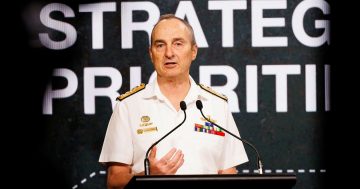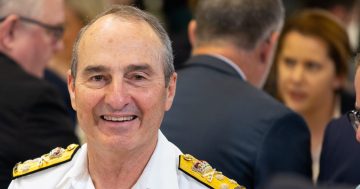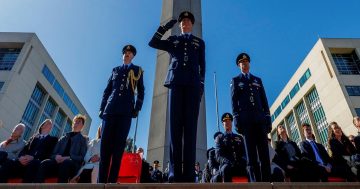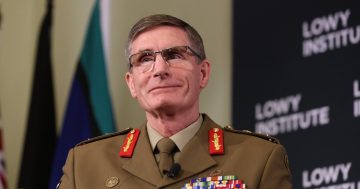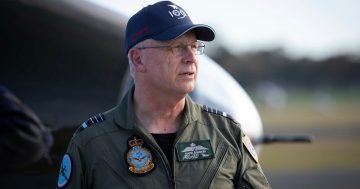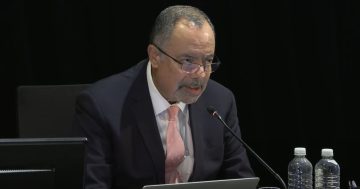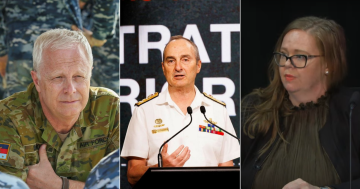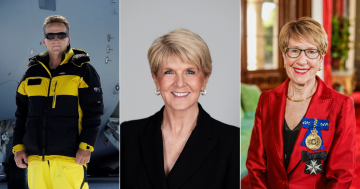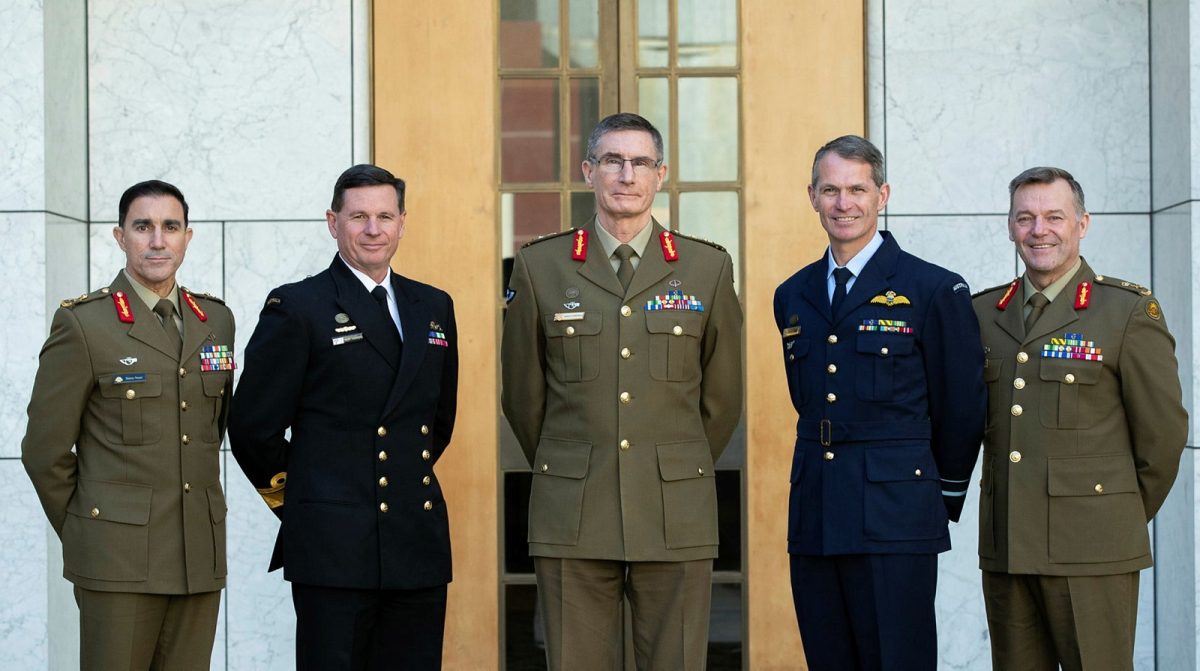
(From left) Chief of Army LTGEN Simon Stuart, Chief of Navy VADM Mark Hammond, outgoing Chief of Defence Force GEN Angus Campbell, Chief of Air Force AIRMSHL Rob Chipman, and Chief of Joint Operations LTGEN Greg Bilton. Photos: ADF.
Australia’s Chief of the Defence Force General Angus Campbell has certainly been a polarising figure in recent times.
He was roundly criticised following the release of the Inspector-General of the Australian Defence Force Afghanistan Inquiry report – better known as the Brereton Report – which claimed Australian Special Forces had participated in possible war crimes in Afghanistan.
Following the report’s release, he set about looking to strip members of the elite Special Air Service Regiment – of which he was once a member – of their honours for distinguished and conspicuous service on warlike operations, but then passed any decisions on this up to Defence Minister Richard Marles.
Before becoming the Chief of the Defence Force (CDF), he was the military face of Operation Sovereign Borders under Home Affairs Ministers Scott Morrison and then Peter Dutton. He was, in essence, forced to stand up next to the minister who briefed media on boat arrivals, but was on an incredibly short leash in terms of being able to comment on any ”operational on-water matters”. This also divided opinion on him.
General Campbell succeeded Air Chief Marshal Mark Binskin as CDF in July 2018, and was extended for an additional two years by the then-incoming Albanese Government in 2022. But it has been reported that the working relationship between General Campbell and Marles has deteriorated in recent months.
Regardless, General Campbell’s term will end this July.
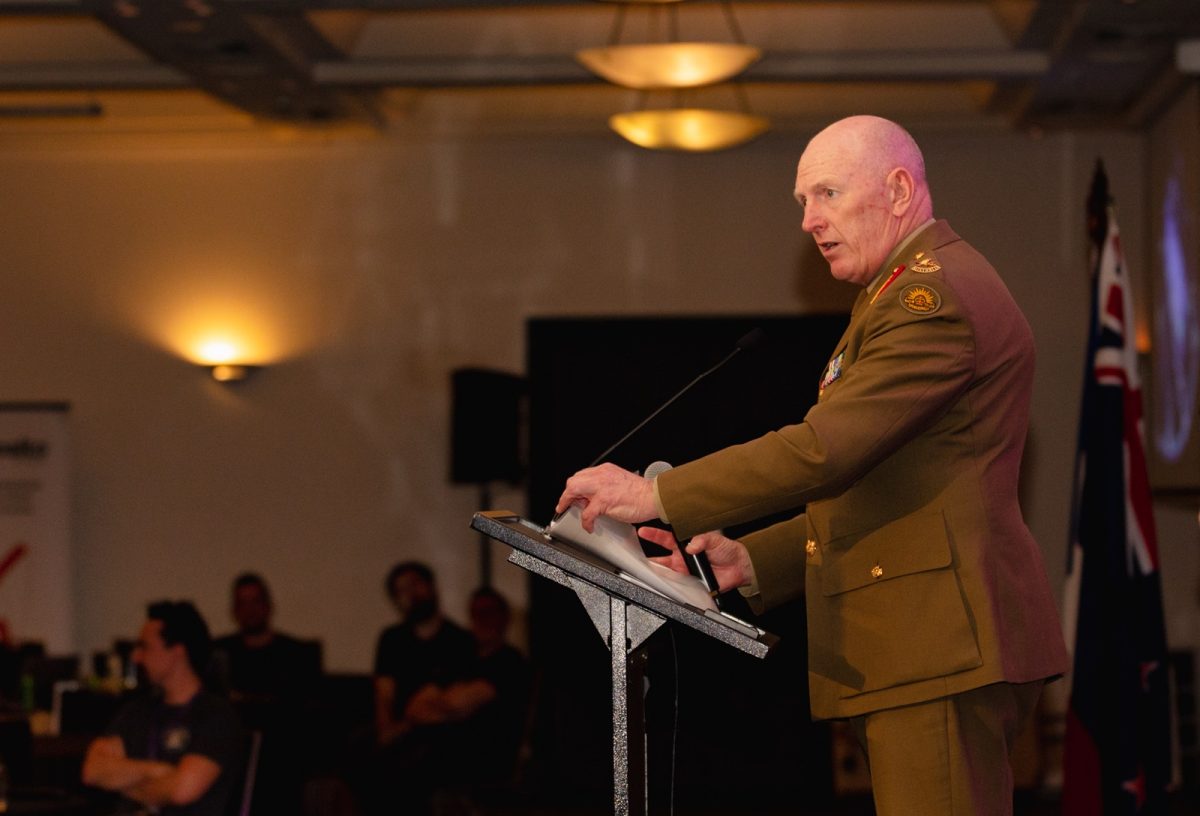
LTGEN John Frewen is a highly regarded contender, but has not held any service or joint operations chief roles.
Despite the seriousness of the role, Binskin was seen publicly and by his troops as an affable and approachable commander, one who was comfortable having a conversation and a laugh in any company. By contrast, General Campbell is a reserved and quietly spoken man who never appears totally comfortable in a group situation or in front of a camera.
There are likely only two possibilities in line to replace General Campbell as CDF.
Starting with General Campbell, the past five CDFs have come from the army, the air force (Binskin), army (David Hurley), air force (Angus Houston), and army (Peter Cosgrove), so most commentators agree that its navy’s turn in the rotation.
The current Chief of Air Force (CAF) Air Marshall Robert Chipman is very much in the mold of Mark Binskin, but has had a fairly rapid ascent and is only halfway through his current four-year tenure as CAF.
Similarly, Army Chief Lieutenant General Simon Stuart and Chief of Navy Vice-Admiral Mark Hammond are also halfway through their tours.
The Chief of Joint Operations (CJOPS) Army Lieutenant General Greg Bilton has been in the role since July 2019 and would be a strong candidate to become the next Vice-Chief of Defence Force (VCDF).
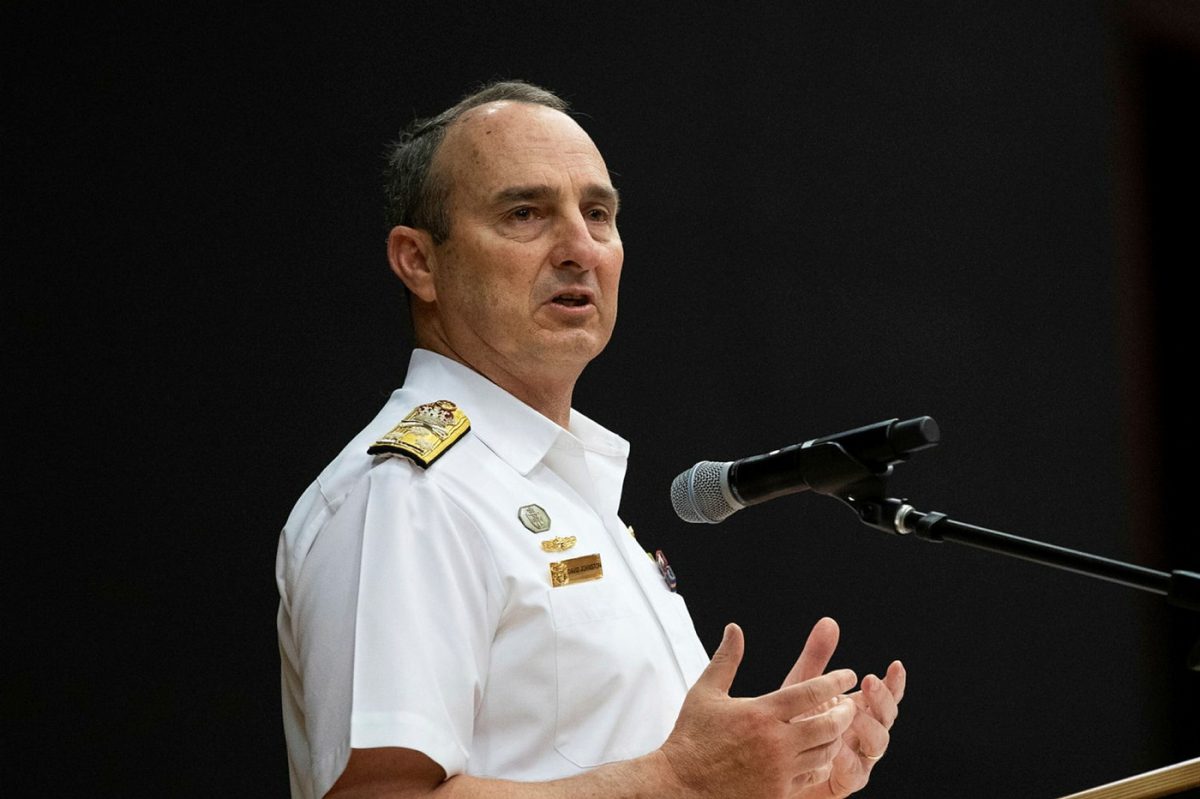
Current VCDF VADM David Johnston appears – on paper at least – to be the frontrunner to succeed GEN Campbell as CDF.
The Chief of Joint Capabilities (CJC) Army Lieutenant General John Frewen certainly distinguished himself during the pandemic as the head of the government’s COVID taskforce. He also has extensive experience in leading operational deployments over the past decade and is politically highly regarded.
LTGEN Frewen may be a bolter for the top job but that would again leave the navy out of the rotation. He hasn’t been a service chief, and he also has at least a year to run on his current tenure.
That leaves the current VCDF Vice Admiral David Johnston as the most likely candidate to succeed General Campbell as CDF.
VADM Johnston is also well regarded in Defence, politically and within industry. He served as CJOPS from 2014 to 2018, and before that held several senior joint leadership positions including Commander Border Protection Command, commander of ADF operations for CHOGM and President Obama’s Australian visit in 2011, and as Deputy CJOPS.
VADM Johnston has regularly acted in the role of CDF in recent months, most notably at the government’s recent announcement of the results of the independent surface fleet review.


